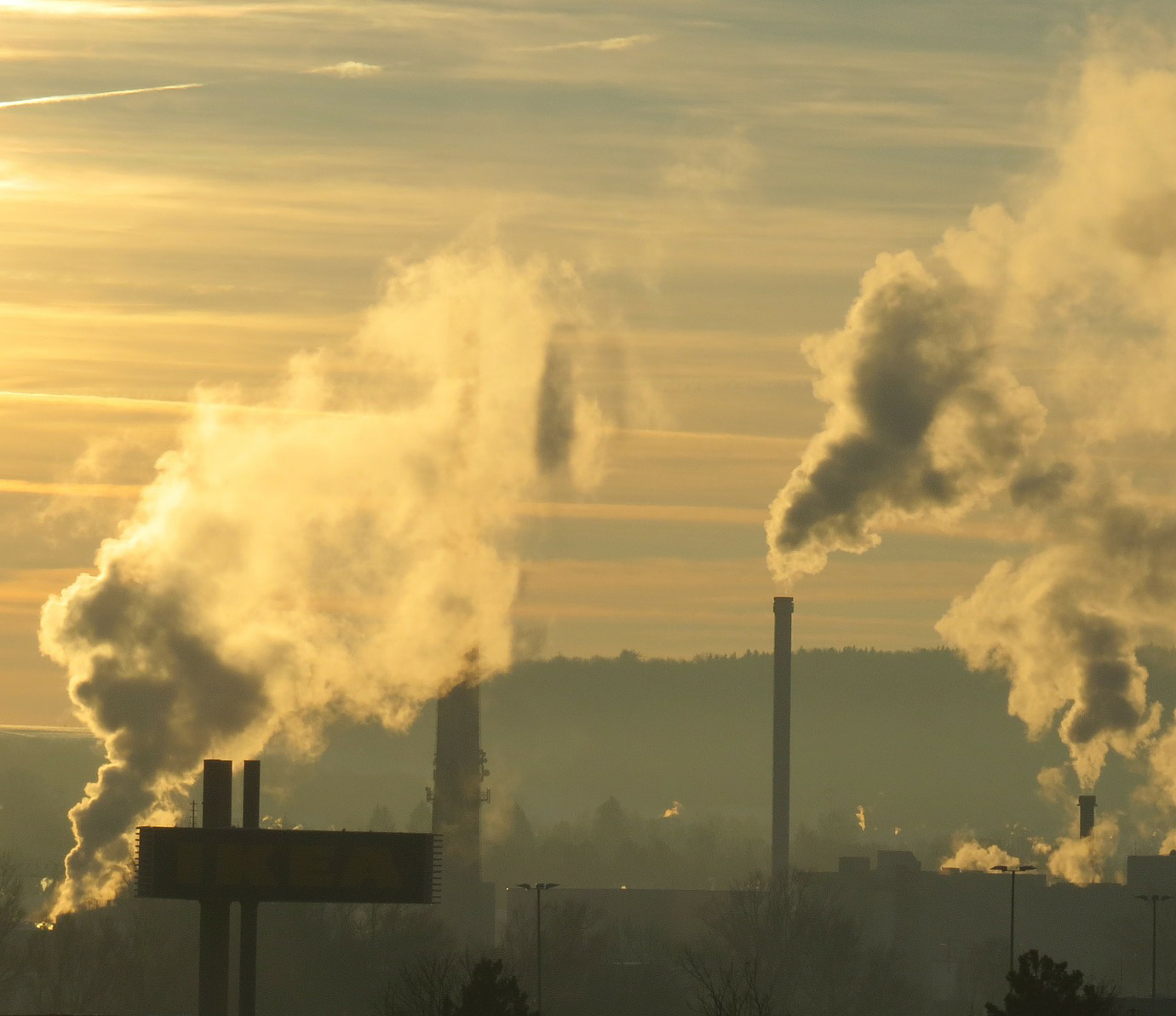What are fine particles?
 During peak pollution events, everyone is talking about them. Fine particles are often accused of being toxic. Unfortunately, they do not only come out during episodes of high pollution. Véronique Riffault, a researcher in atmospheric sciences at IMT Lille Douai, revisits the basics of fine particles to better understand what they are all about.
During peak pollution events, everyone is talking about them. Fine particles are often accused of being toxic. Unfortunately, they do not only come out during episodes of high pollution. Véronique Riffault, a researcher in atmospheric sciences at IMT Lille Douai, revisits the basics of fine particles to better understand what they are all about.
What does a fine particle look like?
Véronique Riffault: They are often described as spherical in shape, partly because scientists speak of diameter to describe their size. In reality, they come in a variety of shapes. When they are solid, they can indeed sometimes be spherical, but also cubic, or even made up of aggregates of smaller particles of different shapes. Some small fibers are also fine particles. This is the case with asbestos and nanotubes. Fine particles may also be liquids or semi-liquids. This happens when their chemical nature gives them a soluble character, they then dissolve when they meet droplets of water in the atmosphere.
How are they created?
VR: The sources of fine particles are highly varied, and depend on the location and the season. They may be generated directly by human processes, which are generally linked to combustion activities. This is true of residential heating using wood burning, road traffic, industry, etc. There are also natural sources: sea salt in the oceans or mineral dust in deserts, but these particles are usually bigger. Indirectly, they are also created by condensation of gases or by oxidation when atmospheric reactions make volatile organic compounds heavier. These “secondary” emissions are highly dependent on environmental conditions such as sunshine, temperature, etc.
Why do we hear about different sizes, and where does the term “PM” come from?
VR: Depending on their size, fine particles have different levels of toxicity. The smaller they are, the deeper they penetrate the respiratory system. Above 2.5 microns [1 micron = 1 thousandth of a millimeter], the particles are stopped quite effectively by the nose and throat. Below this, they go into the lungs. The finest particles even get into the pulmonary alveoli and into the bloodstream. In order to categorize them, and to establish resulting regulations, we distinguish fine particles by specific names: PM10, PM2,5, etc. The figure refers to the higher size in micron, and “PM” stands for Particulate Matter.
How can we protect ourselves from fine particles?
VR: One option is to wear a mask, but their effectiveness depends greatly on the way in which they are worn. When badly positioned, they are useless. A mask can give the wearer a sense of security when they wear them during peak pollution events. The risk is that they feel protected, and carry on doing sport, for example. This leads them to hyperventilate, which increases their exposure to fine particles. The simplest measure would be to not produce fine particles in the first place. Measures to reduce traffic can be effective if it is not just a fraction of vehicles which are immobilized. Authorities can take measures to restrict agricultural spreading. Fertilizer produces ammonia which combines with nitrogen oxides to create ammonium nitrates, which are fine particles. People also need to be made aware that they should not burn green waste, such as dead leaves and branches, in their gardens, but to take them to recycling locations, and to reduce their use of wood fire heating during peak pollution events.
Also read on I’MTech Particulate matter pollution peaks: detection and prevention
Are fine particles dangerous outside of peak pollution events?
VR: Even outside of peak pollution events, there are more particles than there should be. The only European regulation on a daily basis is for PM10 particles. For PM2,5 particles, the limit is annual: fewer than 20 micrograms per cubic meter on average. This poses two problems. The World Health Organization (WHO) recommends a threshold of 10 micrograms per cubic meter. This amount is regularly exceeded at several sites in France. The only thing helping us is that we are lucky to have an oceanic climate which brings rain. Precipitation removes the particles from the atmosphere. On average over a year, we remain below the limit, but on a daily basis we could be breathing in dangerous amounts of fine particles.
Also read on I’MTech
[one_half]
[/one_half][one_half_last]
[/one_half_last]





Leave a Reply
Want to join the discussion?Feel free to contribute!